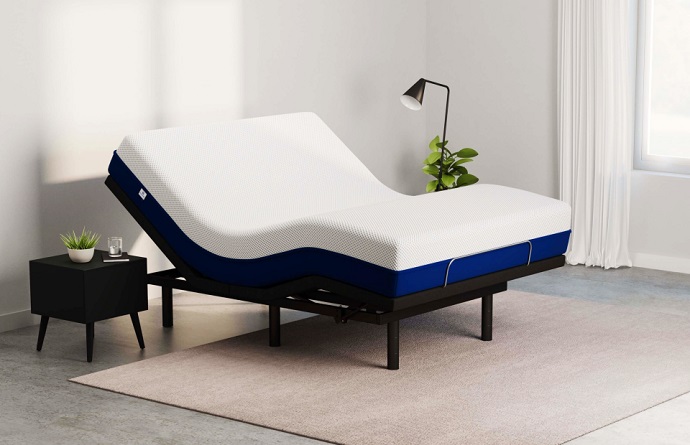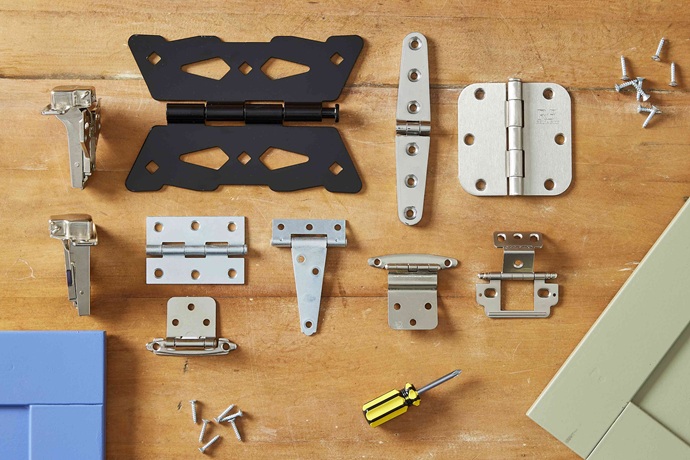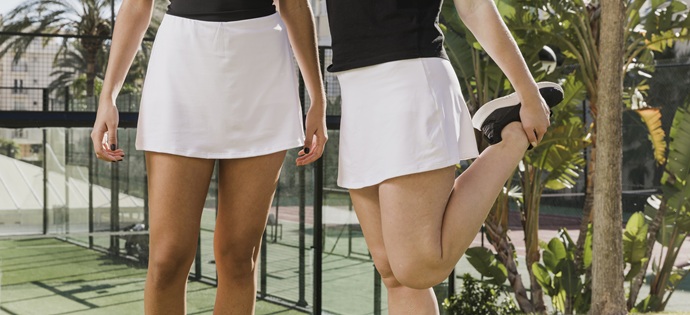Do you want to have a crack at tennis? Or maybe you’ve already had a few swings and just want an additional boost to your current game? No matter the level of play, one of the simplest ways to improve your performance is by changing the overgrip on your racquet.
Sure, choosing the best racquet for your game is the first step towards victory, but you can’t overlook the effects an overgrip can have. After all, there’s a reason why the pros are always swapping out their grips for new ones during tournaments: they’re an integral part of their game.
What Are Overgrips for in Tennis?
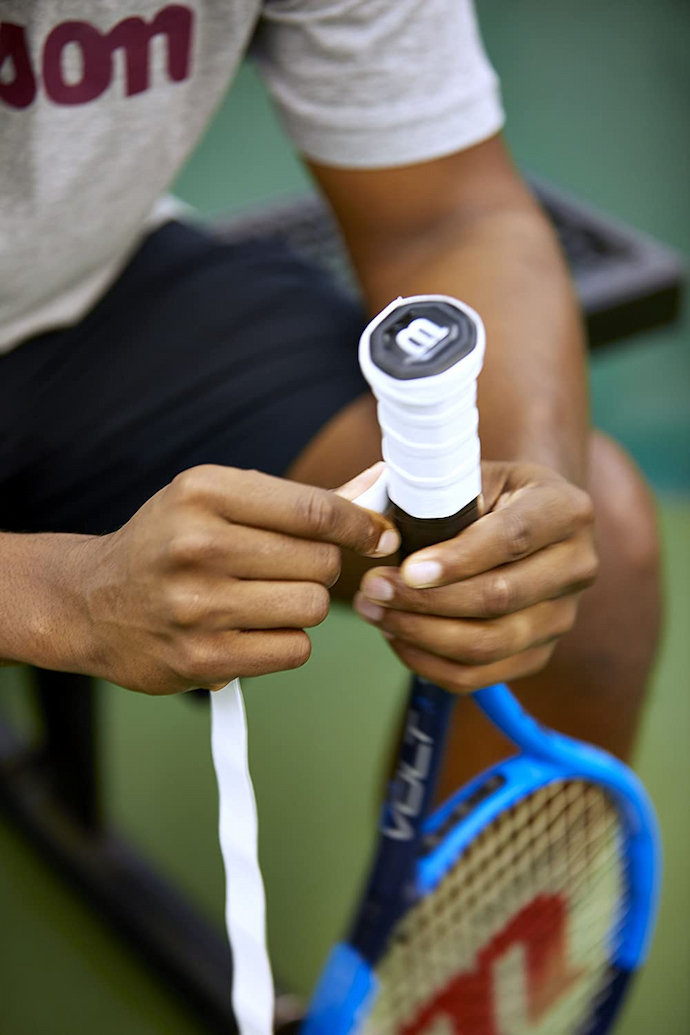
Source: perfect-tennis.com
First things first, let’s dive into the whole point of these small pieces of equipment. When you’re playing this sport, you need a suitable tennis racquet overgrip, which you place as a thin layer over the handle on either side. Generally, they’re not too wide and don’t increase the size of a racquet handle much, but they’re certainly helpful in several ways, including:
Better Feel and Comfort
Anyone who’s had the misfortune of getting a blister or two from playing tennis will know all about the significance of a comfy grip. If you don’t want to be distracted by the pain of your hands or a weird sensation from your racquet, you should consider adding a soft tennis racquet overgrip.
Compared to the base handle of the racquet, an overgrip provides a much more pleasant and comfortable feel. Plus, this thin layer also serves as an extra cushion between your hand and the hard material of the handle, often reducing the vibrations caused by a strong shot.
Improved Grip and Control
Think about it – if your hands are sliding off the handle during play, then it’s pretty hard to make any kind of accurate shot. This can be caused by excessive sweat or the way the original grip was fitted to the handle.
In either case, adding an overgrip can help you find the sweet spot between too much and too little grip. The material of the overgrip can make it easier to hold your racquet without having to apply too much force, allowing you to make a shot with greater accuracy and control.
Increased Protection from External Elements
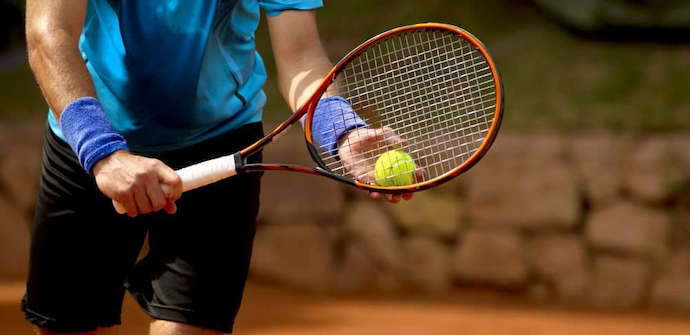
Source: tennispredict.com
Most overgrips are made of materials that can take quite a bit of wear and tear. Even if you’re playing in extreme weather or your racquet is exposed to dirt, dust and other elements, it can still act as a barrier and protect the handle.
Even if the tennis overgrips get damaged, they’re not too expensive and easy to replace. Of course, this is much more convenient and affordable in the long run as compared to having to buy an entirely new handle.
Main Types of Tennis Overgrips
Even with the same intended purpose, there can be some variations between different models. After all, not every option can be equally effective for every play style or intended purpose.
Tacky Overgrip
The classic option that’s favoured by many professional players is the tacky overgrip. It’s made with a slightly sticky material that offers more traction and grip on the handle. This adds some extra spin to an already powerful shot.
The way it’s designed also makes it easier for players to make quick and drastic adjustments during play without having to change their grip. On the downside, they’re not as absorbent and can make your hands sweat more when playing in hot weather.
Absorbent Overgrip
If you’re particularly concerned with sweat and moisture, an absorbent overgrip may be more suitable. It’s made of terrycloth material that soaks up excess moisture and provides more padding than the tacky ones.
It’s usually a bit thicker, mainly because it needs to be extra absorbent, so it may not fit every racquet handle well. Also, the material can take some time to dry if it gets wet during play.
Textured Overgrip
As the name suggests, this type of overgrip has a distinct texture to it that allows for greater grip and control during play. It’s made of slightly coarse material, usually rubber or leather-like fabric which can be quite durable.
The extra texture can be great for a variety of play styles and help the player make better shots with greater accuracy. From a practical perspective, they’re usually easier to install and can fit almost any handle design and shape.
How Do You Install a New Overgrip?
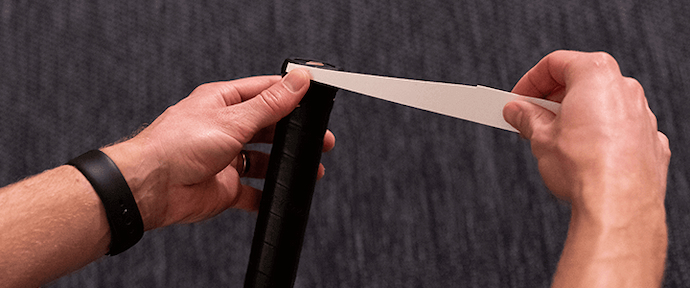
Source: tenniscompanion.org
Installing an overgrip is fairly simple but will require some patience. First, you’ll want to remove the old overgrip – if there is one – by slowly peeling it off using a knife or scissors.
Next, wrap the new overgrip around the handle and make sure it’s placed properly. Then, use a piece of tape to secure it in place before applying a small amount of adhesive on the end.
Finally, finish wrapping the overgrip and press it in place with your fingers. Make sure no wrinkles or gaps are present, as this will affect the overall feel and performance, resulting in inaccurate shots and reduced control.












